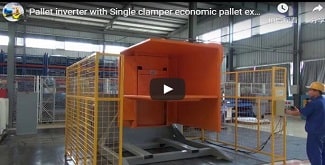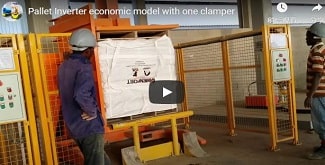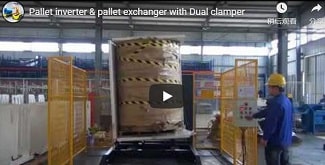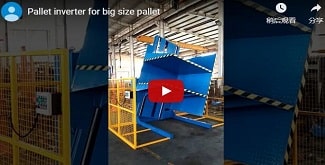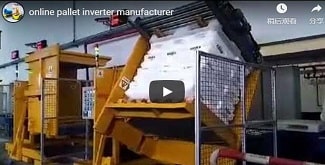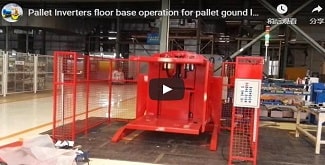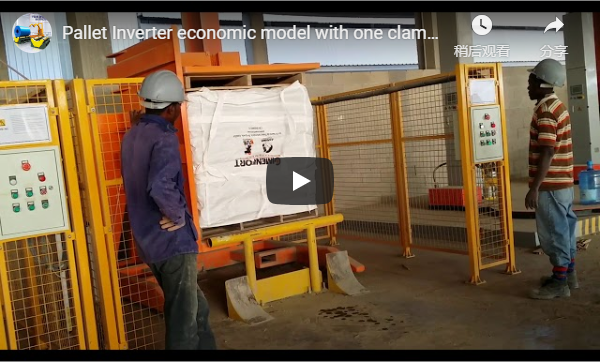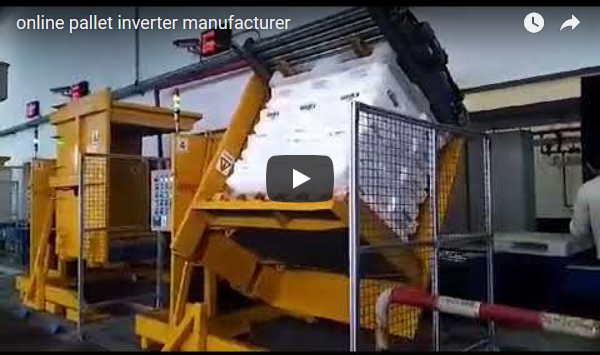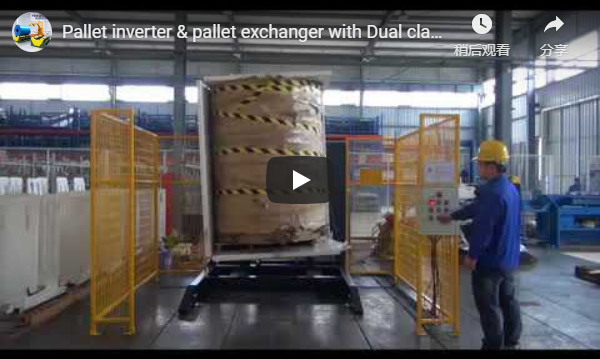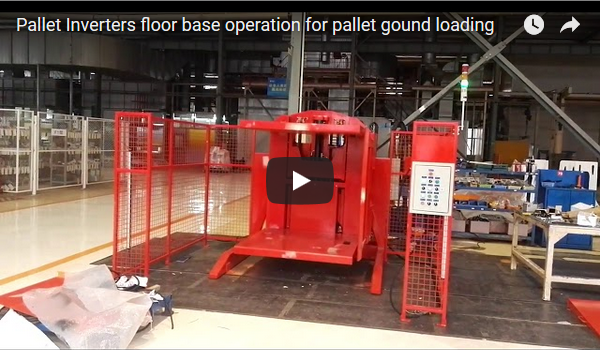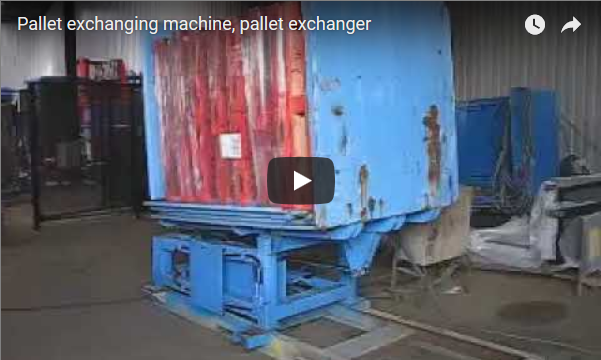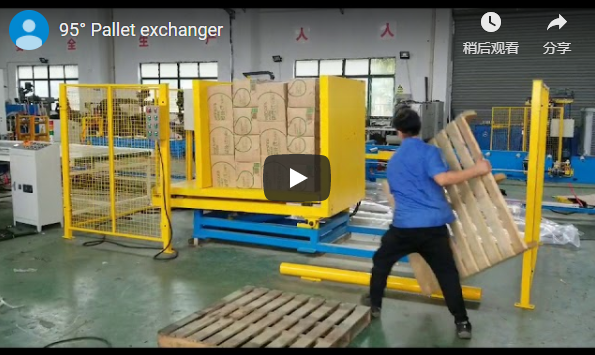Mastering Pallet Exchange: A Technical Guide to the Fhope Single Clamp Pallet Inverter
Efficient and safe handling of palletized goods is critical in modern logistics and manufacturing. One common challenge involves transferring loads between pallets, whether due to pallet damage, hygiene requirements (e.g., switching from wood to plastic), or internal handling protocols. The Fhope Single Clamp Pallet Inverter offers a streamlined solution for these tasks. This guide provides a technical overview and operational insights into this specific type of load handling equipment.
1. Operational Mechanism: How it Works
The Fhope single clamp pallet inverter utilizes a straightforward yet effective process for exchanging pallets:
- Loading: The palletized load is typically placed into the inverter using a forklift or pallet jack. Proper positioning is key for stability.
- Clamping: The machine's single clamping mechanism securely grips the load from one side against a fixed base or opposing wall. This pressure ensures the load remains stable during rotation.
- Rotation: The inverter rotates the clamped load 180 degrees, bringing the original pallet to the top and the base (or a new pallet previously placed) underneath.
- Pallet Exchange: The original pallet, now accessible at the top, can be easily removed. If transferring to a new pallet, it would have been positioned before rotation or can be placed now.
- Release & Unloading: The clamping pressure is released, and the load, now on the destination pallet, is ready to be removed from the machine. Fhope models typically complete this cycle in approximately 30 seconds, though actual time can vary based on load characteristics and operator efficiency.
2. Key Technical Specifications
Understanding the technical parameters is essential for evaluating suitability:
- Clamping Style: Single-side hydraulic or electric clamping mechanism.
- Rotation: 180-degree rotation capability.
- Typical Cycle Time: Approximately 30-60 seconds (load dependent).
- Load Capacity: Commonly ranges from 1000kg to 2000kg (specify model for exact capacity).
- Pallet Compatibility: Designed for standard pallet sizes (e.g., GMA, EURO); custom options may be available.
- Control System: Typically utilizes push-button controls or a Programmable Logic Controller (PLC) interface.
- Power Requirements: Varies by model (e.g., 380V/50Hz/3Ph, specify based on installation region).
- Construction: Heavy-duty steel frame for durability.
- Safety Features: May include safety fencing, light curtains, emergency stop buttons, and hydraulic pressure safeguards.
3. Common Applications and Industries
Single clamp pallet inverters are versatile and find use in various sectors:
- Warehousing & Distribution: Transferring goods from damaged pallets or switching between internal and shipping pallets.
- Food & Beverage: Moving products to hygienic plastic pallets for cleanroom environments or freezer storage.
- Pharmaceuticals: Ensuring product integrity by transferring loads onto compliant pallets.
- Manufacturing: Integrating into production lines for handling raw materials or finished goods.
- Agriculture: Handling bagged goods like seeds, feed, or fertilizer.
4. Advantages and Considerations
Advantages:
- Cost-Effectiveness: Often presents a more budget-friendly option compared to dual-clamp or fully automated systems.
- Speed: Enables rapid pallet exchange, improving workflow efficiency.
- Simplicity: Relatively straightforward operation and maintenance requirements.
- Space Efficiency: Can sometimes have a smaller footprint than more complex inverter types.
Considerations:
- Load Stability: The single clamp design requires careful assessment for specific load types, especially those prone to shifting. Uniformly stacked and stable loads are ideal.
- Clamping Pressure: Correct pressure settings are crucial to secure the load without causing damage.
- Operator Training: Proper training is necessary for safe and efficient operation.
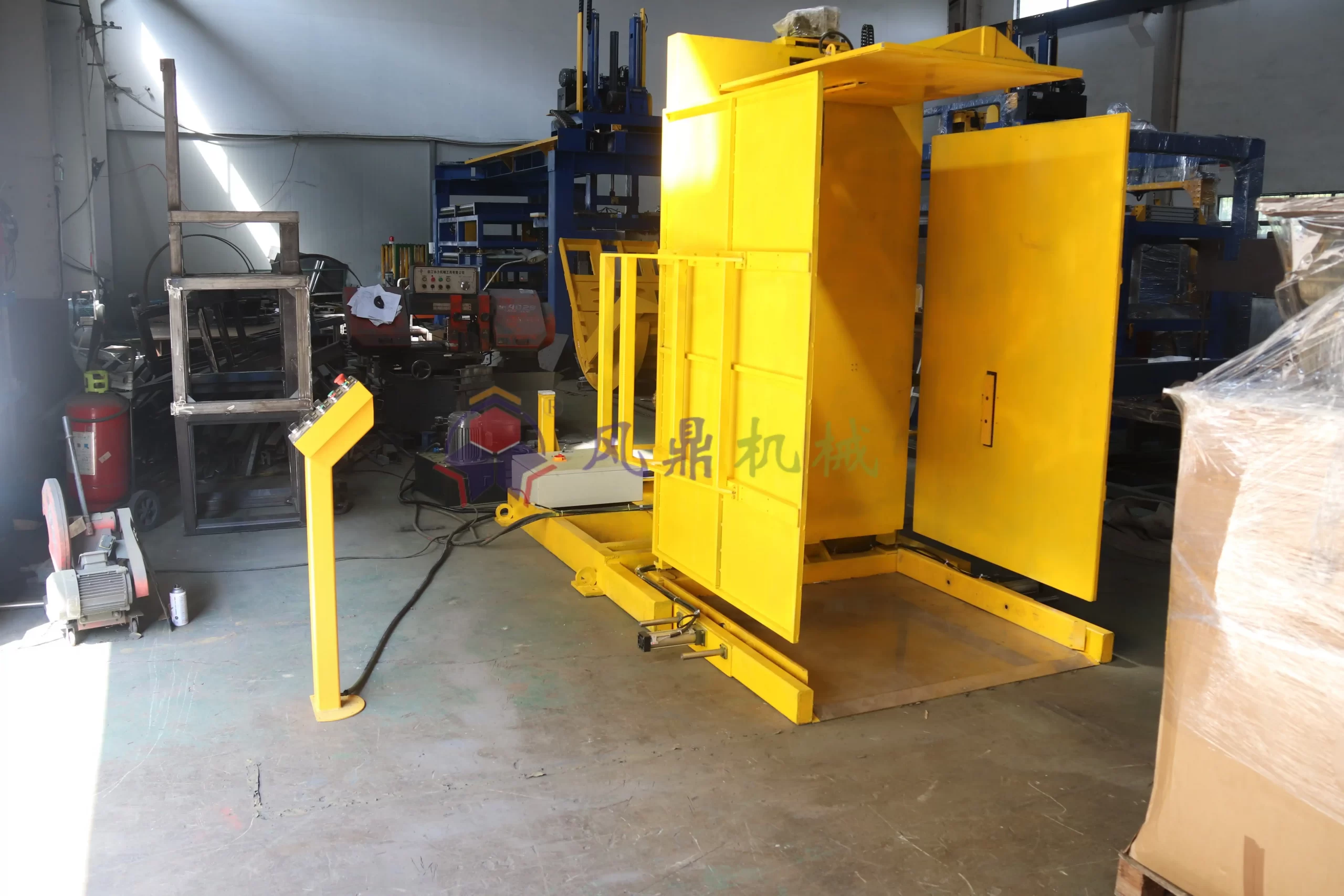
5. Operational Best Practices and Safety
Adhering to best practices is vital for longevity and safety:
- Load Centering: Ensure loads are correctly centered before clamping and rotation.
- Capacity Limits: Never exceed the machine's rated load capacity.
- Regular Inspections: Conduct routine checks of hydraulic systems, clamping mechanisms, and safety features.
- Clear Operating Area: Maintain a clear zone around the inverter during operation.
- Operator Training: Ensure only trained and authorized personnel operate the equipment. Follow manufacturer guidelines and relevant safety regulations. (Note: Example external link to a relevant authority like OSHA)
Conclusion
The Fhope single clamp pallet inverter provides a practical and efficient solution for numerous pallet transfer applications. Its relatively simple design, speed, and cost-effectiveness make it a valuable asset in environments where quick pallet exchanges are required for moderately stable loads. By understanding its operational mechanics, technical specifications, and adhering to safety protocols, businesses can effectively integrate this equipment to enhance their material handling processes.
Back to front page: https://www.fhopepack.com/pallet-inverter/
For over a decade, FHOPE has focused on developing and refining packaging machinery and material handling equipment, including various types of pallet inverters designed for diverse industrial needs.

